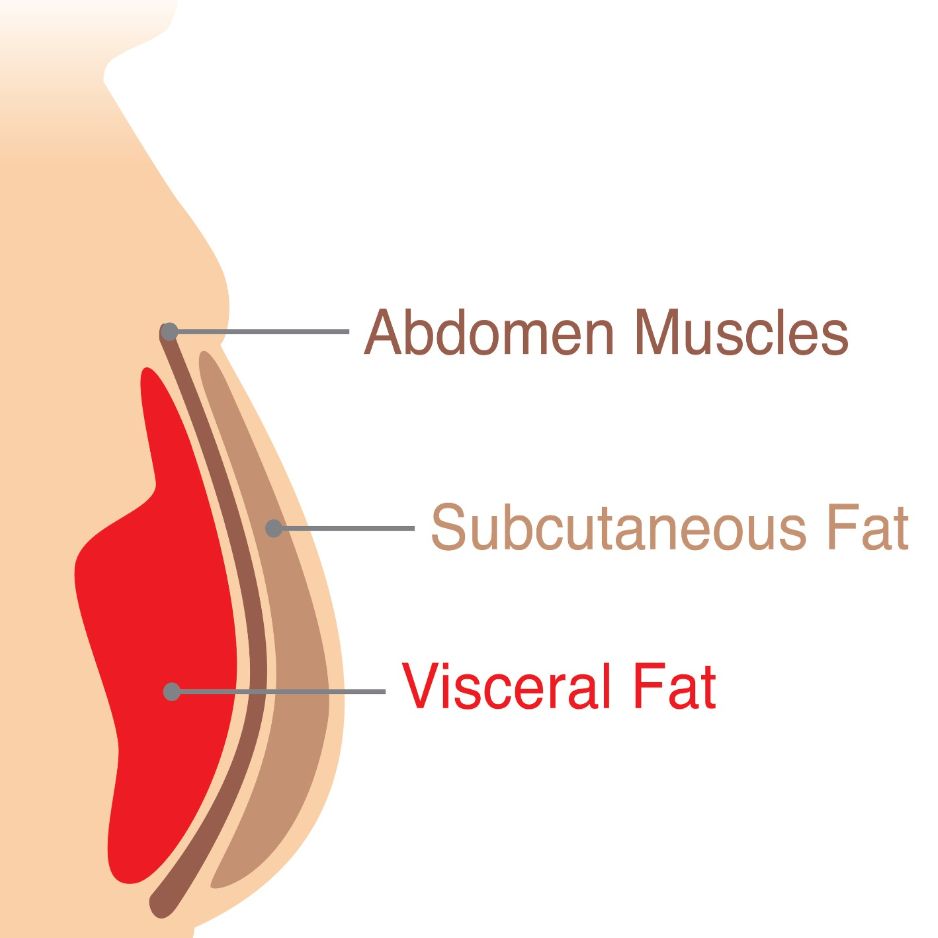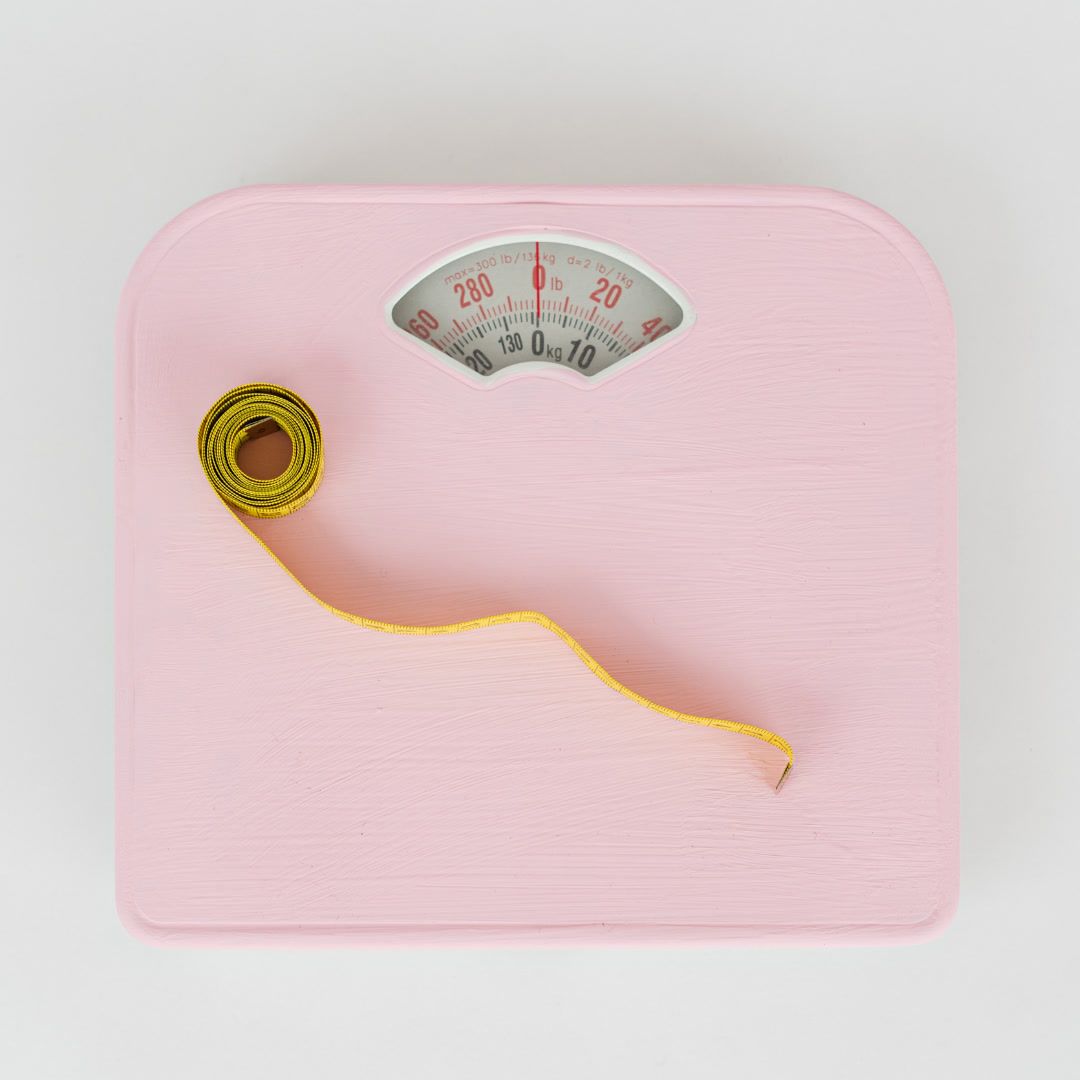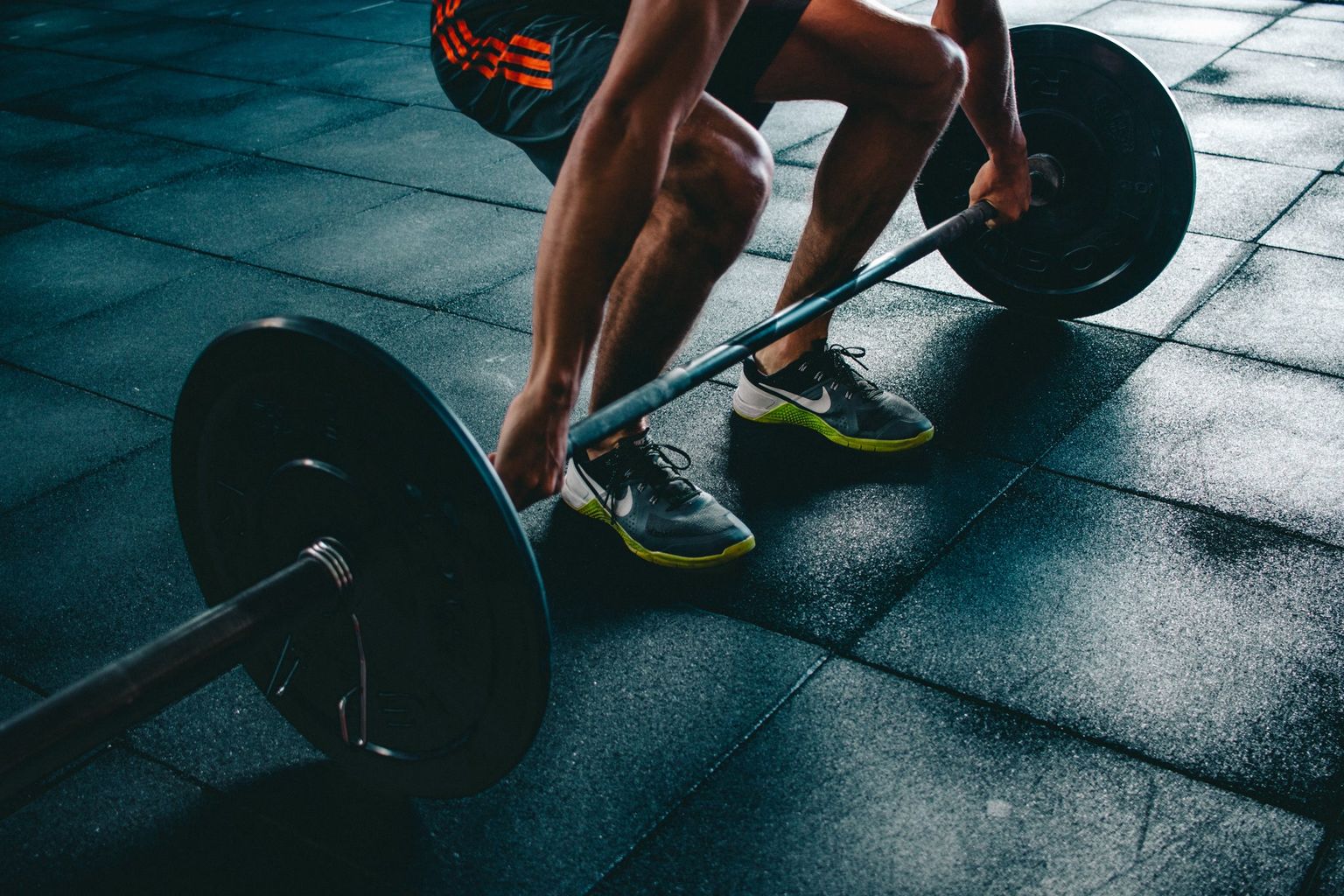Body Composition Scan: A Complete Guide
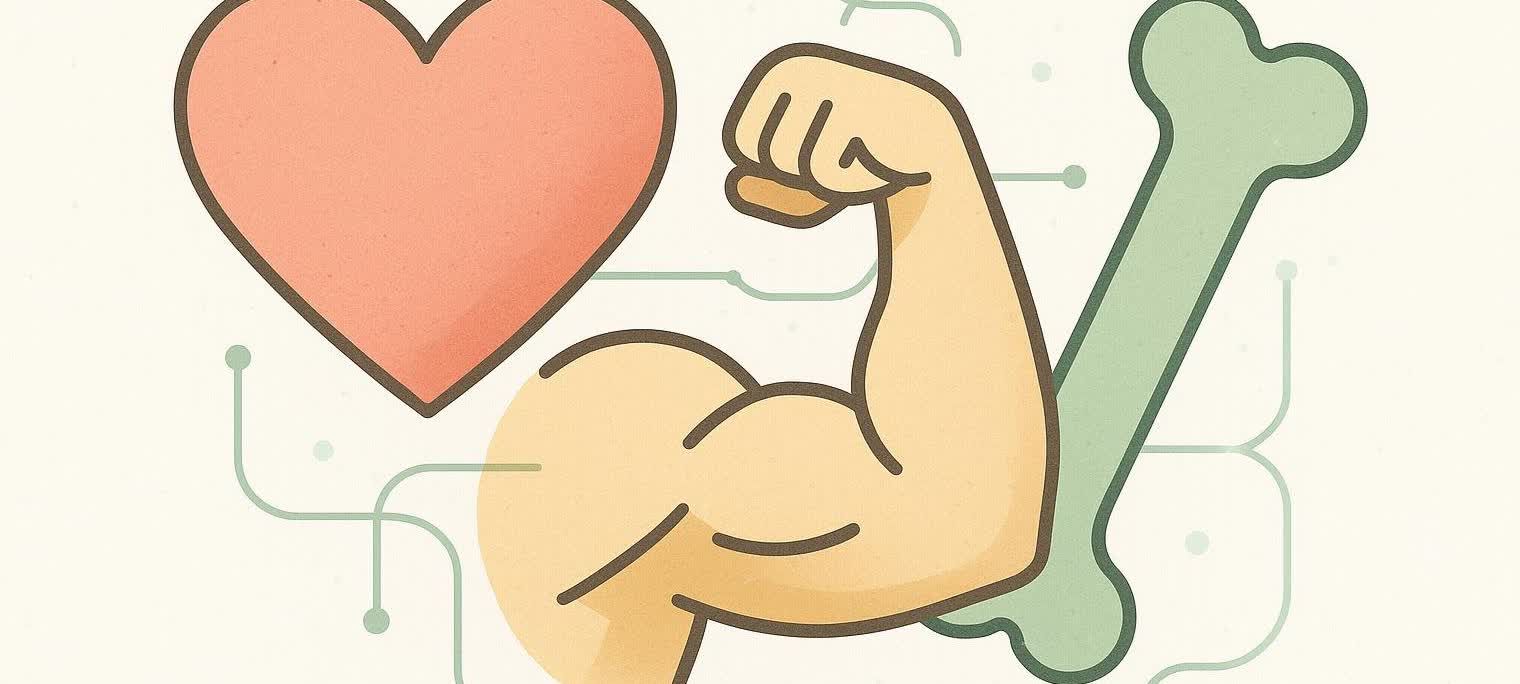
Body Composition Scan: The Complete Guide to Measuring Fat, Muscle, and More
Quick answer: A body composition scan is a test that tells you how much of your body is fat, lean (muscle + organs), and bone—plus where that tissue sits. The most accurate option is a DEXA scan, which uses low-dose X-ray beams to map your body in about 10–15 minutes.
Why Read This?
Whether you’re an athlete chasing performance PRs, a busy professional focused on healthy aging, or a coach who wants better data for clients, understanding body composition unlocks smarter training, nutrition, and lifestyle choices. This guide breaks down every major scan technology, shows how to prep for your visit, and explains exactly what you’ll see on a BodySpec report.
Table of Contents
- What Is a Body Composition Scan?
- Why Body Composition Matters More Than Scale Weight
- Scan Technologies Compared — DEXA vs. BIA, Bod Pod, MRI & More
- Inside the DEXA Scan — How It Works & Why It’s the Gold Standard
- Your BodySpec Appointment: Step-by-Step
- Interpreting Your Results
- Who Benefits—Key Use Cases
- Pricing & Membership Options
- Frequently Asked Questions
- Take the Next Step
What Is a Body Composition Scan?
A body composition scan is a non-invasive test that partitions your weight into key components:
| Component | What It Includes |
|---|---|
| Fat Mass | Subcutaneous fat (under the skin) + visceral fat (around organs) |
| Lean Mass | Skeletal muscle, organs, blood, connective tissue |
| Bone Mineral Content | Calcium-rich bone tissue (assessed by DEXA) |
Certain modalities—like DEXA or MRI—can also map regional tissue distribution (e.g., right leg vs. left leg) and quantify health-critical metrics like visceral adipose tissue (VAT).
Key Takeaway
Because it isolates fat and muscle separately, a body composition scan tells you why your weight is changing—crucial context a bathroom scale can’t provide.
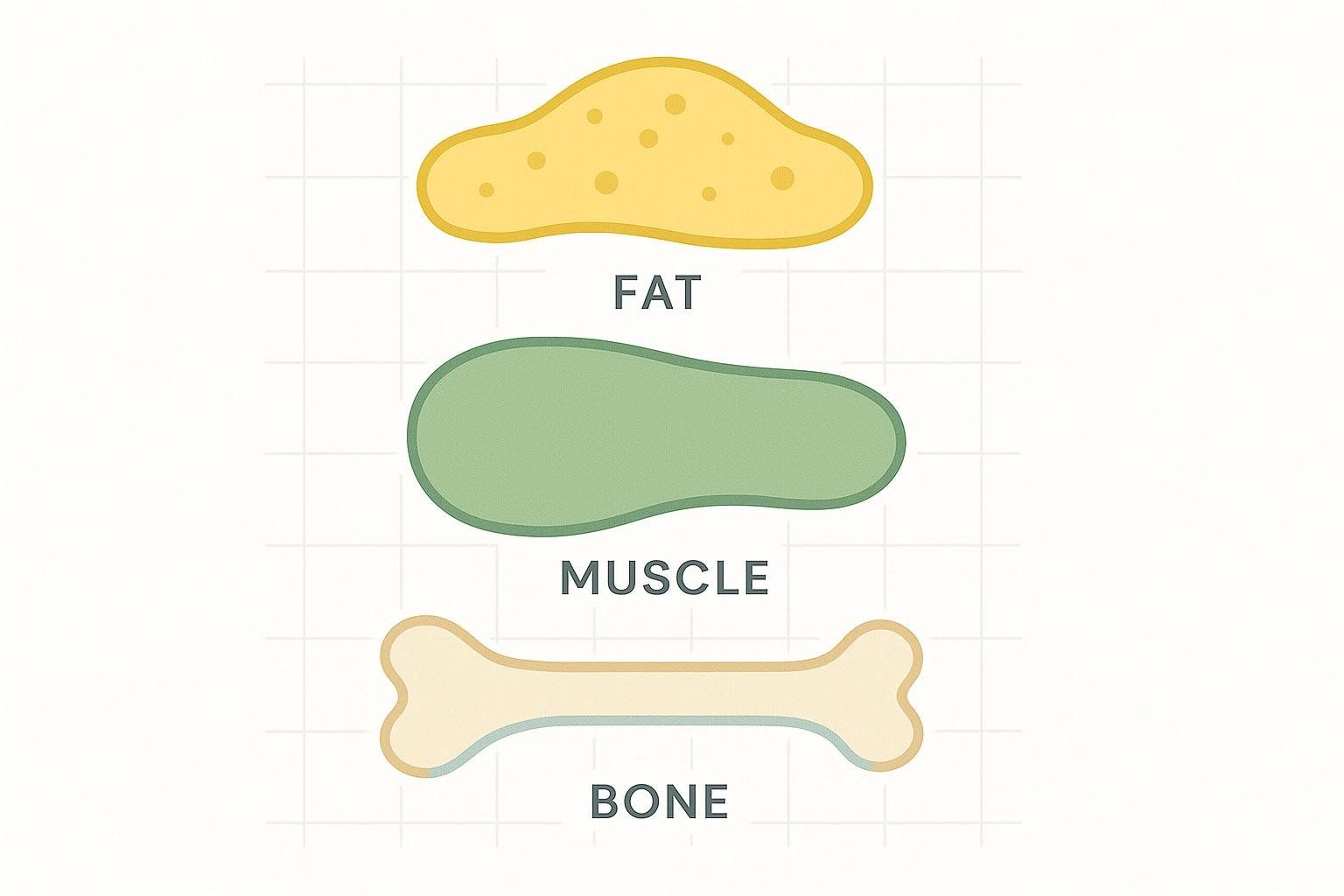
Why Body Composition Matters
- Performance: Strength-to-weight ratio, recovery, and injury risk all correlate more closely with lean mass than with total weight.
- Metabolic & Longevity Health: Elevated visceral fat and low bone density have been linked to higher cardiometabolic and fracture risk, respectively.
- Aesthetics & Motivation: Seeing muscle increase while fat drops can keep you engaged, even if the scale barely moves.
- Precision Programming: Objective data lets coaches fine-tune macros, training volume, and recovery protocols.
Scan Technologies Compared
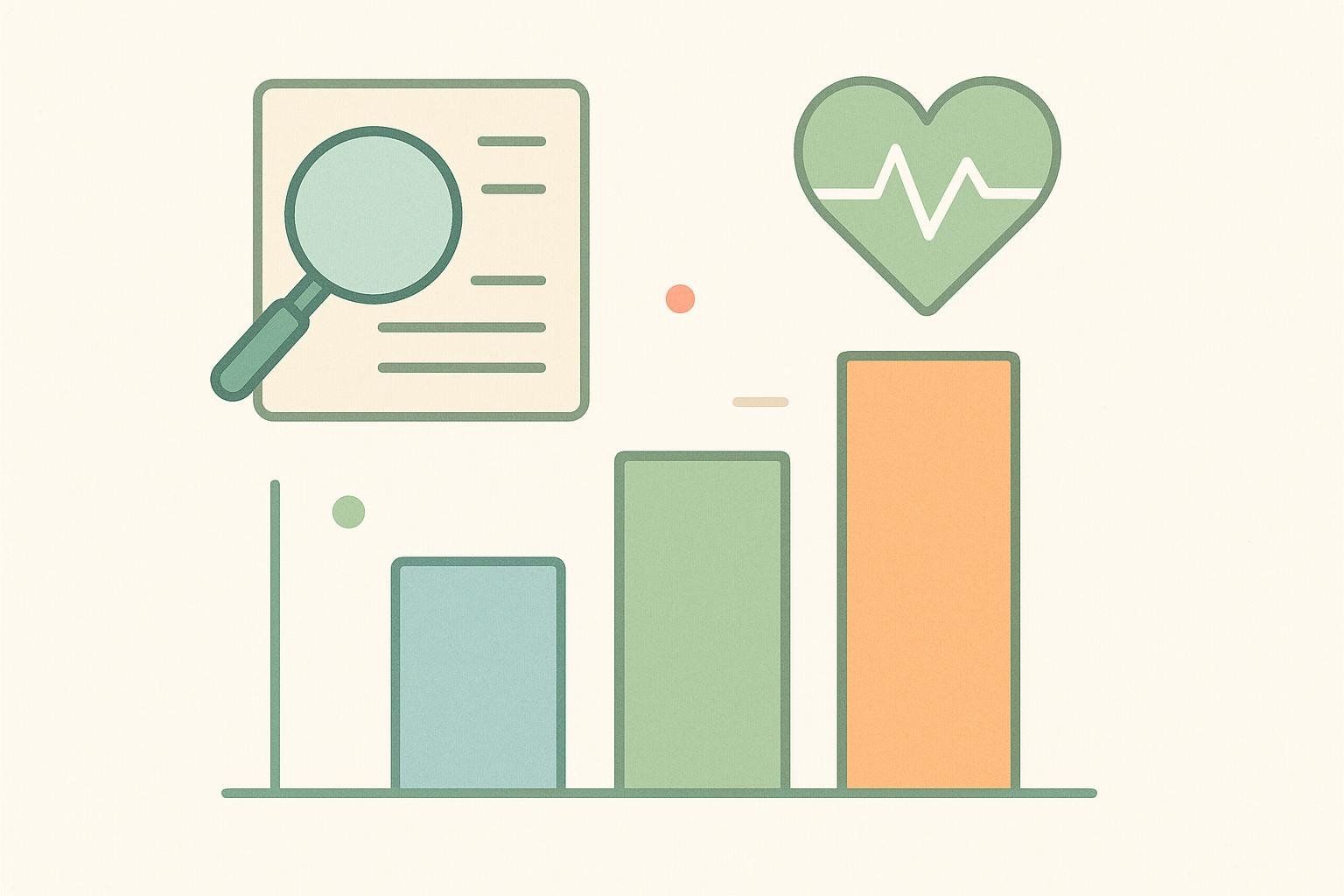
| Metric | DEXA | BIA / InBody | Bod Pod | Hydrostatic | MRI / CT |
|---|---|---|---|---|---|
| What it uses | Two low-dose X-rays | Electrical current | Air displacement | Water displacement | Magnetic or X-ray imaging |
| Typical individual error* | ≈ 1–2 % | ~3–8 % bias vs. DEXA | 5–7 % vs. 4-comp model | 3–5 % vs. 4-comp model | <1–2 % volumetric error |
| Measures bone density | ✅ | ❌ | ❌ | ❌ | ✅ |
| Visceral fat estimate | ✅ (direct) | ⚠️ (indirect) | ❌ | ❌ | ✅ |
| Regional analysis | ✅ | Limited | ❌ | ❌ | ✅ |
| Scan time | 10–15 min | 1–2 min | 5–8 min | ≈10 min | 30 + min |
| Typical cost (US) | $40–$150 | $25–$60 | $45–$75 | $50–$100 | $300 + |
| Practical cons | Small X-ray dose | Hydration-sensitive | Claustrophobic chamber | Requires full dunk | Expensive, limited access |
*Error ranges compiled from peer-reviewed studies including Clasey et al. 2002 (DEXA), Achamrah et al. 2018 (BIA), Hall 2017 (Bod Pod), and Hu et al. 2012 (MRI). See Citations for full references.
Bottom Line
DEXA balances clinical-grade accuracy with speed, cost, and depth of insight—making it today’s gold standard for practical body composition testing.
Inside the DEXA Scan
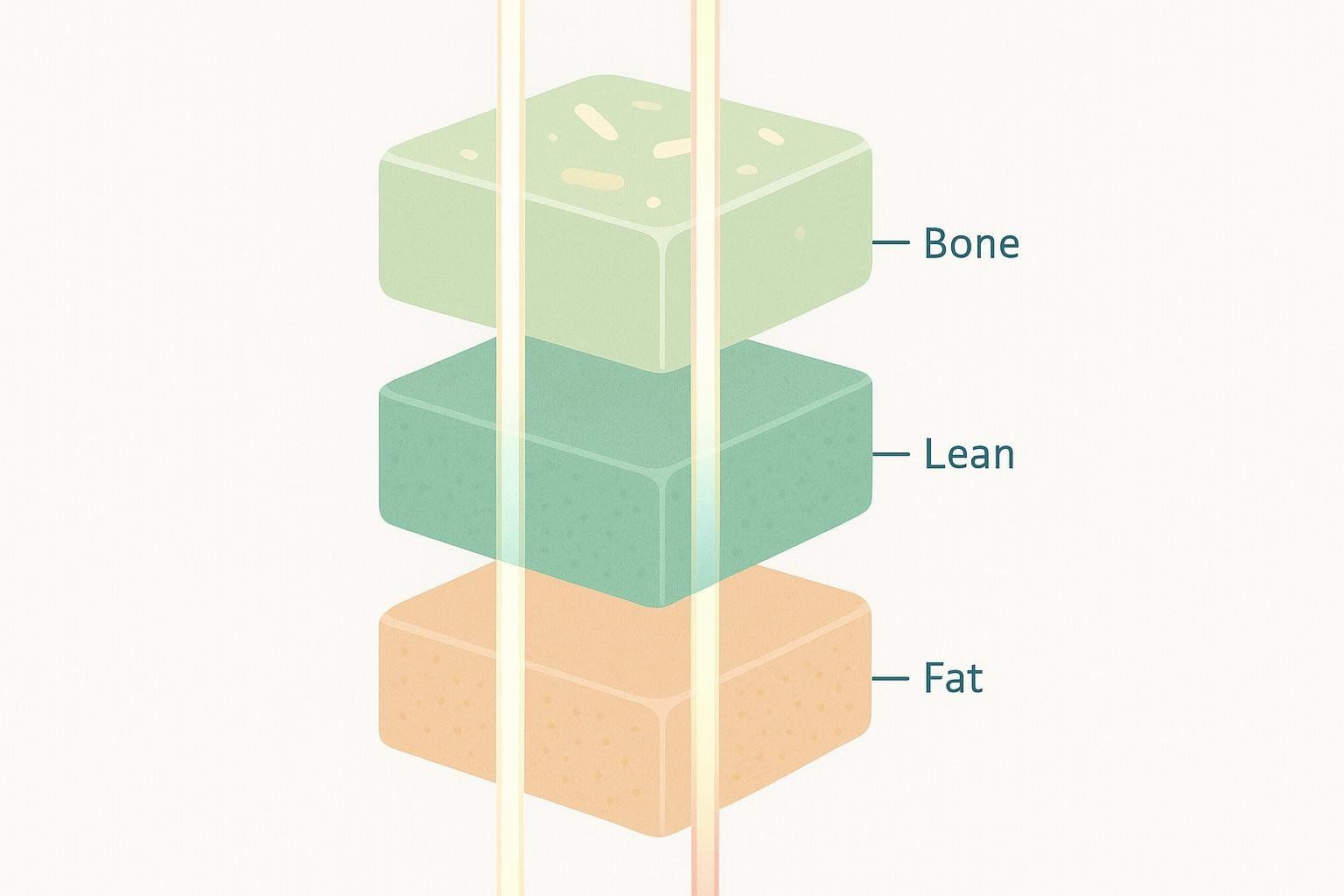
A DEXA (Dual-Energy X-Ray Absorptiometry) scanner emits two low-energy X-ray beams that pass through your body. Because bone, lean tissue, and fat absorb X-rays differently, the device’s software constructs a detailed tissue map. Radiation exposure is less than a cross-country flight — learn more about DEXA radiation.
- Accuracy: Studies consistently find group-level error rates around 1–2 % when compared with multi-compartment models.
- Repeatability: Built-in calibration phantoms keep day-to-day variation tight (<0.5 %).
- Extra insights: Bone mineral density, android/gynoid fat ratio, and visceral adipose tissue volume.
Your BodySpec Appointment
- Schedule online: Pick a van location or clinic slot that works for you.
- Prep: No special fasting required. For best consistency, avoid intense exercise and large meals 2 hours before. Dress in athletic wear free of metal zippers or buttons—see the FAQ on clothes and DEXA.
- Check-in & change: Remove jewelry, watches, and phones; put on provided lightweight shorts or gown.
- The scan: Lie still on the open table while the scanner arm glides overhead (10–15 minutes).
- Immediate results: Your technician reviews highlights; you’ll receive a color PDF with interactive data and goal tracking.
- Optional consult: Join a free virtual Health Hangout or book a 1-on-1 to dive deeper.
Pro tip: Schedule repeat scans every 2–3 months to see statistically significant trends.
Interpreting Your Results
Below is a snapshot of the main metrics you’ll see on a BodySpec DEXA report and some considerations for next steps:
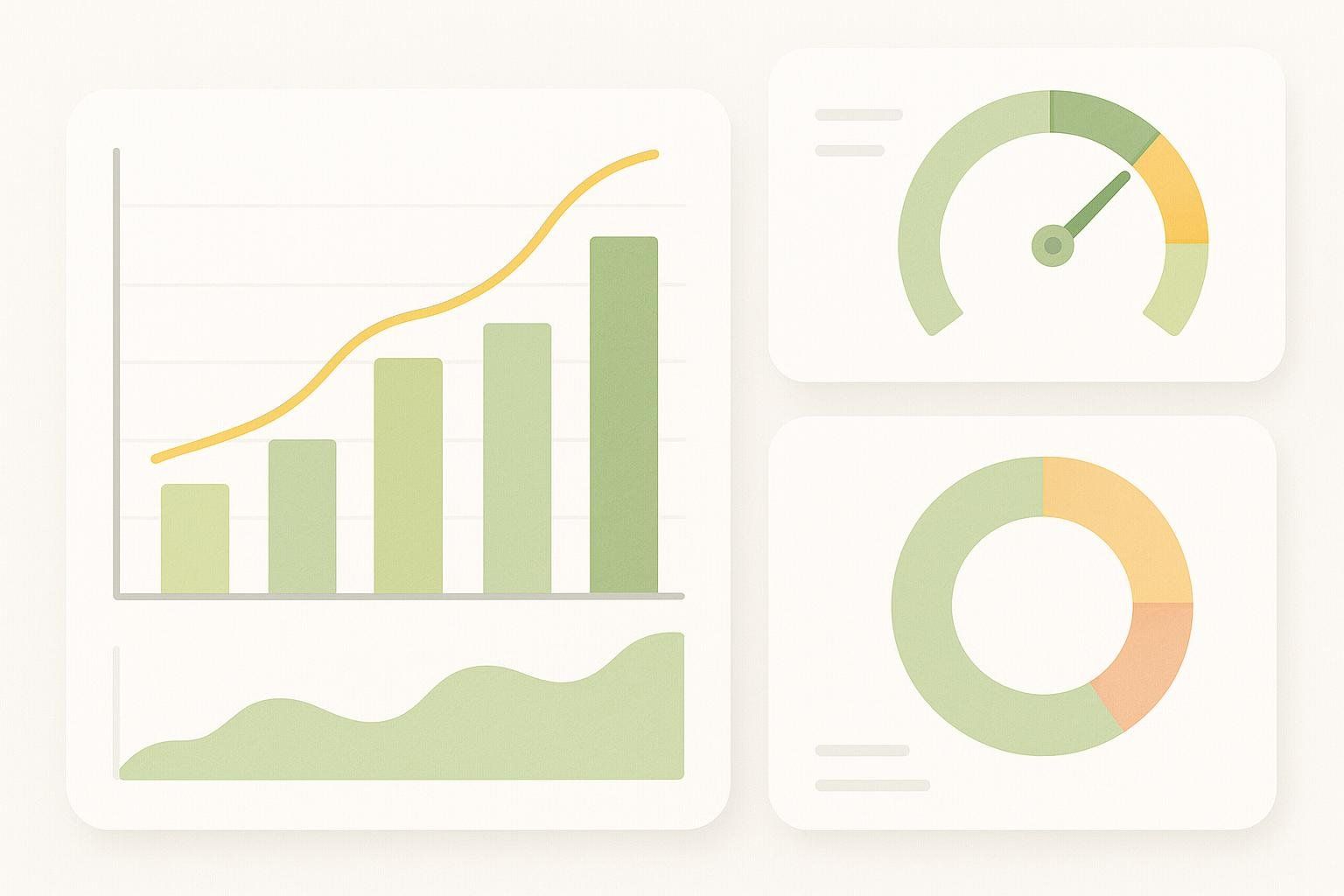
| Metric | Why It Matters | Possible Next Move |
|---|---|---|
| Total Body Fat % | Overall indicator of adiposity | Consider adjusting overall calorie balance and activity level |
| Visceral Fat (lbs & cm³) | Higher VAT is linked to increased cardiometabolic risk | Emphasize resistance training, interval cardio, and fiber-rich foods |
| Lean Mass (lbs) | Drives metabolism & performance | Prioritize progressive overload and adequate protein |
| Regional Imbalances | Flags injury risk or technique issues | Incorporate targeted unilateral or corrective exercises |
| Bone Mineral Density | Screens for low bone density and osteopenia/osteoporosis risk | Include weight-bearing exercise and ensure sufficient vitamin D & calcium |
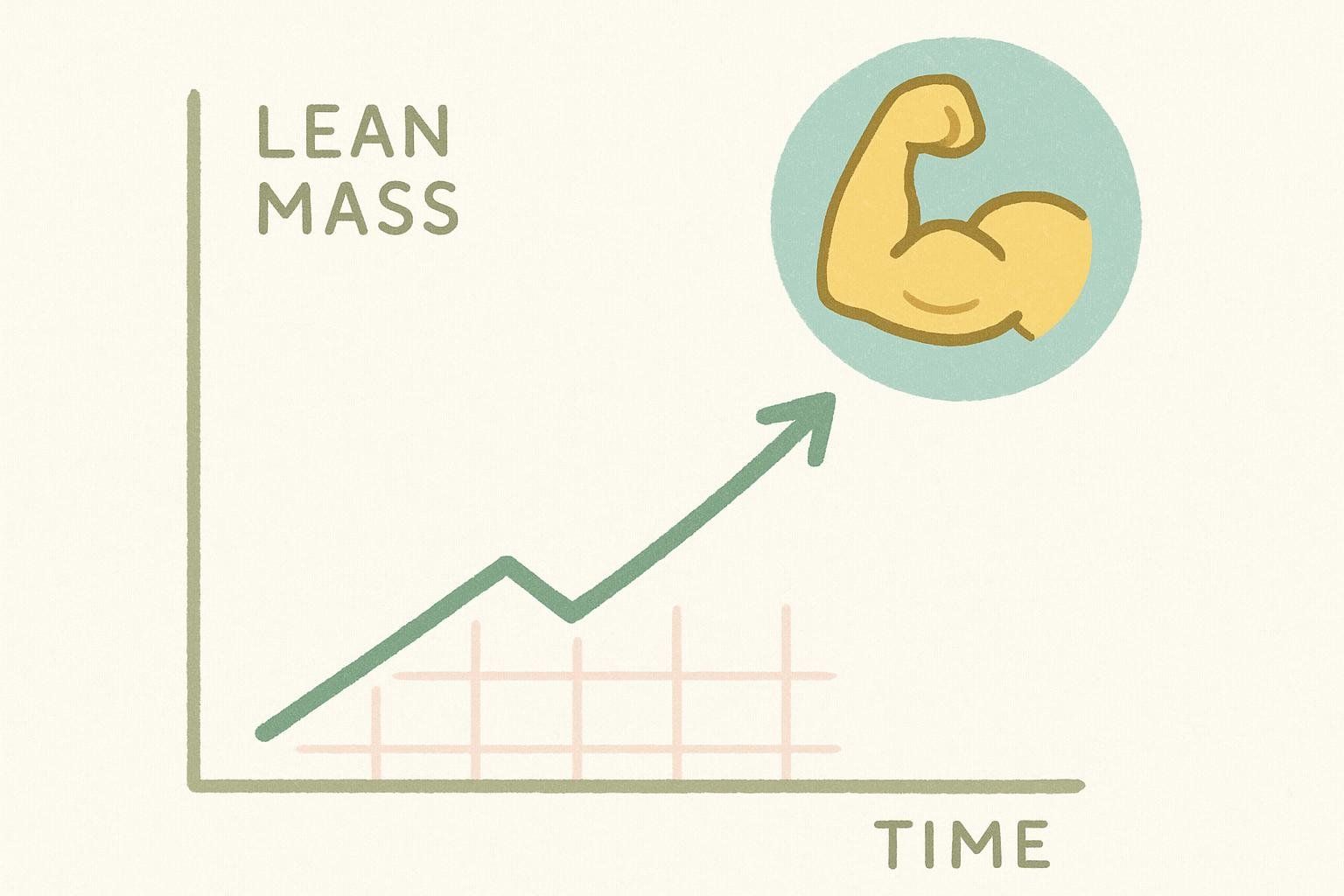
Disclaimer: BodySpec data are for educational purposes only and do not replace professional medical advice. Discuss your individual results with a qualified healthcare provider before making significant changes to your diet, exercise, or lifestyle.
Who Benefits—Key Use Cases
1. Athletes & Weekend Warriors
- Track limb-specific lean gains to refine training blocks.
- Spot early overtraining via unexpected lean tissue drops.
2. Longevity & Preventive-Health Seekers
- Detect creeping visceral fat and bone loss before symptoms appear.
- Build a proactive strategy to combat sarcopenia.
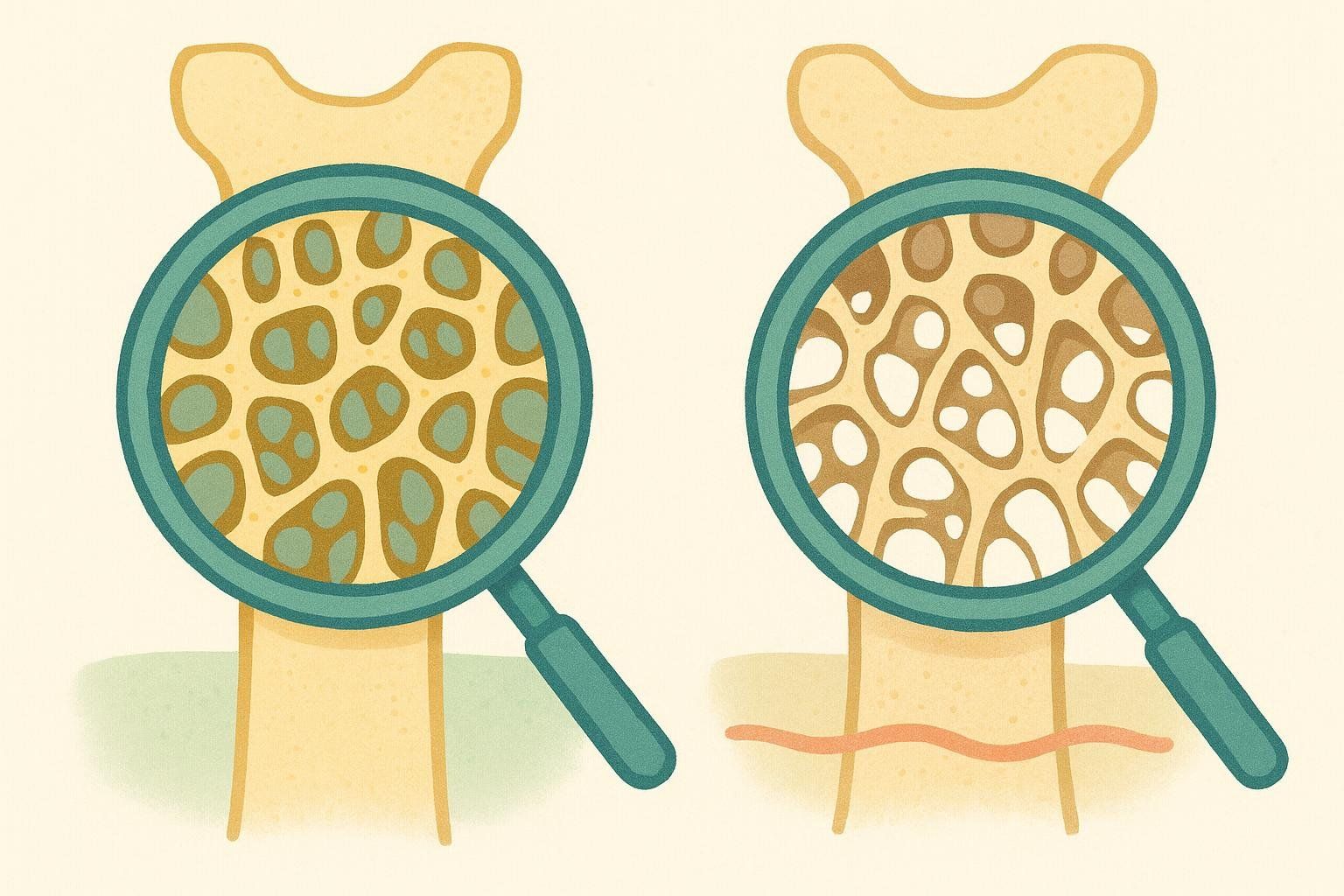
3. Trainers, Dietitians & Health Pros
- Provide objective proof of client progress with shareable PDF reports.
- Strengthen retention by setting data-driven milestones.
Pricing & Membership Options
BodySpec keeps DEXA affordable:
| Service | Price | Best For |
|---|---|---|
| Single Scan | ~$45 | One-time check-in |
| 3-Scan Package | ~$120 | Short-term transformations |
| Membership (Monthly/Quarterly) | From $25/mo | Ongoing coaching & accountability |

Not sure how often you need a scan? Read What Is a DEXA Membership?.
FAQs
Is the radiation safe?
Yes—roughly the same as eating four bananas. See our post on DEXA radiation safety.
How long does a scan take?
Plan for 15 minutes start to finish; actual imaging time is ~10 minutes.
What should I wear?
Form-fitting, metal-free athletic clothing or a provided gown.
How often should I rescan?
Every 60–90 days balances measurable change with minimal radiation exposure.
Can I eat or drink beforehand?
Normal meals are fine, but very large or salty meals can skew hydration-sensitive metrics on BIA (not DEXA).
Take the Next Step
Ready to see your numbers? Book a BodySpec DEXA Scan →
Got questions first? Explore more on the BodySpec blog or join a free virtual Health Hangout.
Citations
- Achamrah, N., Colange, G., Delay, J., et al. (2018). Comparison of body composition assessment by DXA and BIA. PLoS ONE, 13(7), e0200465.
- Hall, J. (2018). The pitfalls of body-fat measurement, Part 6: DEXA. Weightology (Blog). Retrieved April 30, 2024, from https://weightology.net
- Cruz, P. N., Goldstein, R. L., Polak, M., et al. (2022). Performance of bioelectrical impedance analysis compared to DXA in COPD. Scientific Reports, 12, 1946.
- Hall, J. (2017). The pitfalls of body-fat measurement, Part 3: Bod Pod. Weightology (Blog). Retrieved April 30, 2024, from https://weightology.net
- Clasey, J. L., et al. (2002). Percent body fat via DEXA: comparison with a four-compartment model. Journal of Applied Physiology, 85(5), 1778–1784.
- Hu, H. H., et al. (2012). Quantification of absolute fat mass by magnetic resonance imaging. International Journal of Body Composition Research, 10(2), 53–60.
